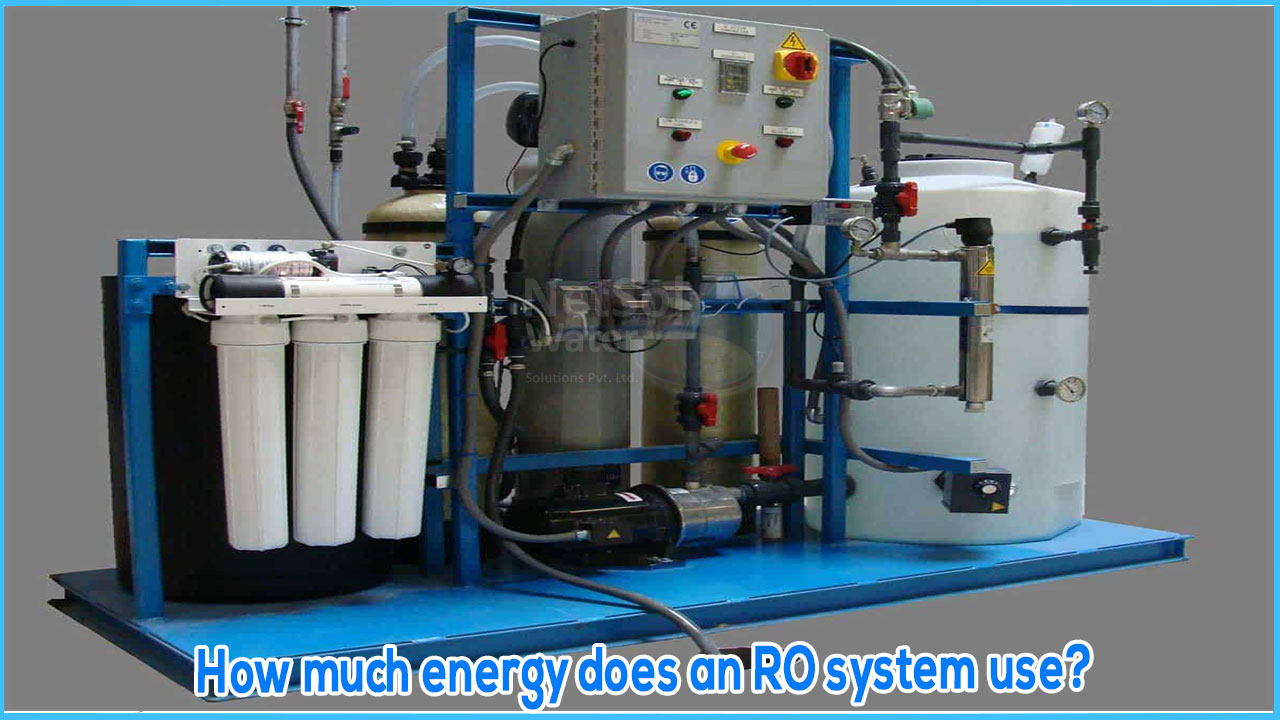Water purifiers can be divided into two types: RO water purifiers and nano-water purifiers. However, nano-water purifiers do not consume electricity, so there is no need to calculate electricity consumption. So does the RO water purifier consumes more energy?
RO Water Purifier
Functional Principle: In contrast to the nano-water purifier (without electricity), RO water purifiers require electricity to purify water. The RO water purifier is equipped with an RO membrane filter with a size of ultra-small holes (0.0001 micron to 1/10000 hair fiber), which removes most heavy metal ions, harmful bacteria and other impurities.When the water source is supplied to the water purifier, it passes through the filter first columnwhich is a coarse fiber core. The filter core allows to remove impurities and dirtlarger than 5 micrometers keeping dirt and impurities below 5 microns.
Next, water is drawn from filter # 1 to filter # 2. The second filter contains activated carbon that absorbs heavy metals, organics, detergents, pesticides and chemicals. The cationic component contained in the filter core 2 also has a water hardness reduction function that protects the RO membrane for a longer period of time, serving as a freshwater source and having a natural sweetness. Next, suck water into filter core 3. Filter 3 with a 1 micrometer gap helps remove dirt, rust, coarse impurities and heavy metals, size> 1 micron.
The water filtered by the third filter is pushed back into the reverse osmosis filter. The RO filter membrane operates under a reverse osmosis mechanism, withstands high pressure, has a very small gap (0.0001 micro), and completely removes solids, water-soluble gases, metal ions, heavy metals, microorganisms, bacteria and large organic substances. It brings 0.0001 micro, very pure water and is very good for your health.
Here, the water is divided into two lines. One goes through a wastewater valve and drains. The remaining lines will continue to be routed to the carbon filter core. This filter is bactericidal, paint absorbentand pH balanced for purified water.
How much electricity does the RO water purifier use each year?
Let’s give an example for this:
The problem is: Since people use 2 liters of water a day, the 2 liter water filtration capacity of a reverse osmosis water purifier consumes 0.03 kW of electricity. The water purifier needs to filter 33.3 liters of fresh water to consume 1 kW of electricity. 1KW charges money =5.77 Rupees.
To calculate the power 1 for one year, we have the following formula:
1 Consumer: 0.03KW (2 liters of water/day) x 365 days x 5.77/1KW = 63 Rupees/year. If the whole family has 4 members, you have to pay for electricity: 4 x 63rupees=252.72 Rupees/year.
Thus RO requires very less amount of power and is cost efficient.We should use good quality RO system having 5 stars of energy saving stars and should be of high grade. Also, regular maintenance of the membrane, filter, carbon core, etc., prolong the life of RO system, and enhance its energy efficiency.




